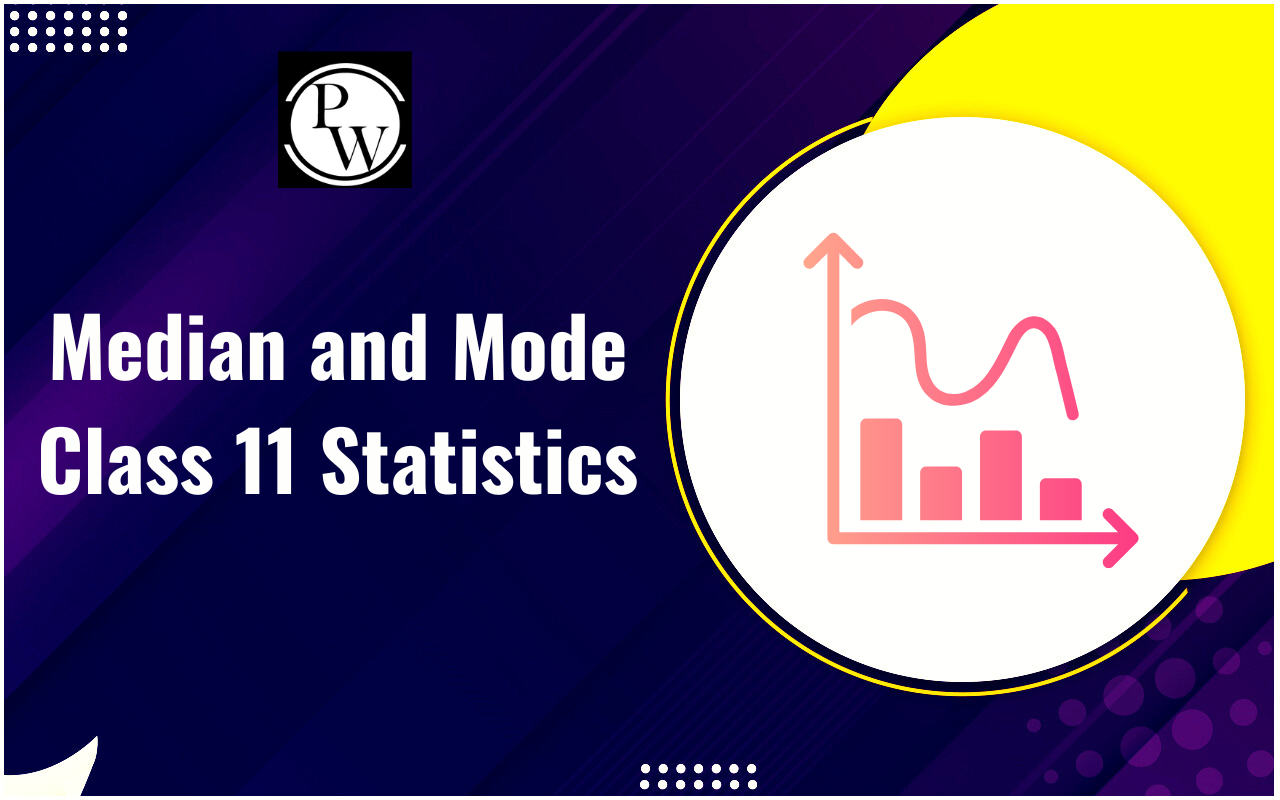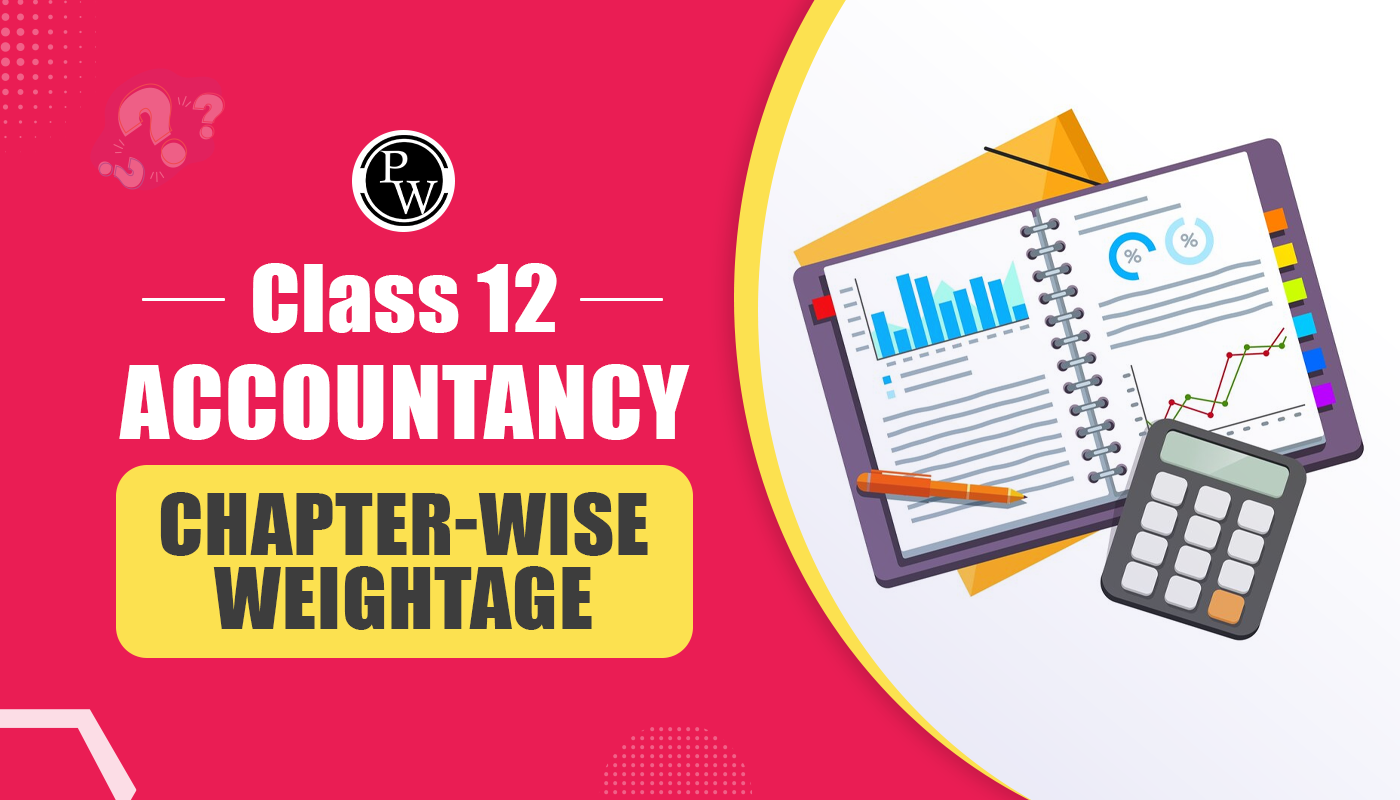
Economic fluctuations are an integral part of any economy, characterized by periods of expansion and contraction. These variations impact businesses, employment, consumer confidence, and overall economic growth. Understanding economic fluctuations is crucial for policymakers, investors, and individuals to make informed decisions and adapt to changing economic conditions.
What Are Economic Fluctuations?
Economic fluctuations refer to the cyclical movement of economic activity, typically measured by indicators like Gross Domestic Product (GDP), employment rates, and inflation. These fluctuations occur due to shifts in demand, supply, policy changes, or external shocks, leading to periods of economic expansion and contraction.
Types of Economic Fluctuations
Boom (Expansion): A phase where economic activity is growing, businesses thrive, employment is high, and consumer spending increases.
Recession (Contraction): A period of declining economic growth, reduced business investments, rising unemployment, and decreased consumer confidence.
Depression: A prolonged and severe recession with significant economic decline, high unemployment, and reduced industrial output.
Recovery: A phase where the economy rebounds from a recession, businesses start investing, employment improves, and GDP rises again.
Causes of Economic Fluctuations
Several factors contribute to economic fluctuations, affecting different sectors of the economy:
1. Changes in Aggregate Demand and Supply
Increased consumer spending and investments boost economic growth, while decreased demand can lead to recessions.
Supply chain disruptions, raw material shortages, or increased production costs impact economic stability.
2. Monetary and Fiscal Policies
Interest rates, inflation control, and government spending decisions influence economic fluctuations.
Expansionary policies (lower interest rates, increased government spending) stimulate growth, while contractionary policies (higher interest rates, reduced spending) slow down inflation but may trigger a recession.
3. Technological Advancements
Innovations drive economic growth by improving productivity and creating new industries.
Automation and digital transformation can cause short-term disruptions, affecting employment in traditional sectors.
4. External Shocks
Global financial crises, wars, pandemics, or natural disasters can lead to economic fluctuations.
Trade restrictions, tariffs, or geopolitical tensions impact international trade and economic stability.
5. Speculative Bubbles and Market Behavior
Overvaluation of assets, speculative trading, and financial mismanagement can create economic instability.
A sudden burst in asset prices (e.g., housing bubbles) often leads to recessions.
Effects of Economic Fluctuations
Economic fluctuations influence multiple aspects of a country’s financial health and individual livelihoods:
1. Employment Levels
During economic expansion, businesses hire more workers, leading to job creation and wage growth.
In recessions, layoffs increase, unemployment rises, and income levels decline.
2. Business Performance
Economic booms encourage business expansion, increased investments, and higher profits.
Recessions force businesses to cut costs, reduce output, or even shut down operations.
3. Consumer Confidence and Spending
High economic growth boosts consumer confidence, leading to increased spending.
Economic downturns result in cautious consumer behavior, lower spending, and reduced demand for goods and services.
4. Inflation and Price Stability
Excessive growth can lead to inflation, decreasing the purchasing power of money.
Economic contractions often bring deflation, lowering product prices but reducing business revenues.
Strategies to Mitigate Economic Fluctuations
Governments, businesses, and individuals can take strategic steps to minimize the adverse effects of economic fluctuations:
1. Effective Monetary and Fiscal Policies
Central banks adjust interest rates and control money supply to stabilize the economy.
Governments implement stimulus packages or tax reforms to encourage spending and investment.
2. Economic Diversification
Relying on multiple industries rather than a single sector helps stabilize an economy.
Encouraging innovation, entrepreneurship, and trade expansion fosters long-term economic resilience.
3. Strengthening Financial Regulations
Implementing strict banking and financial sector regulations prevents excessive speculation and economic crises.
Encouraging responsible lending and investment practices reduces economic risks.
4. Encouraging Savings and Investments
Individuals and businesses should focus on long-term savings and investments to navigate economic downturns.
Emergency funds and diversified investment portfolios mitigate financial risks during recessions.
5. Workforce Adaptability and Skill Development
Promoting continuous learning, skill development, and career adaptability helps individuals remain employable during economic fluctuations.
Governments should invest in education and vocational training to prepare workers for changing job markets.
Economic fluctuations are inevitable but manageable with the right policies and strategies. Understanding the causes and effects of economic fluctuations enables businesses, governments, and individuals to make informed financial and economic decisions. By implementing proactive measures such as monetary policies, economic diversification, and financial stability programs, economies can minimize the adverse impacts of these fluctuations and ensure long-term growth and stability.
By staying informed and adapting to economic trends, individuals and businesses can navigate uncertainties and capitalize on opportunities that arise during different economic cycles. Economic fluctuations will always be a part of global financial systems, but preparedness and strategic planning can mitigate their impact and ensure sustainable economic development.
Join PW Commerce Online Course and unlock your potential with quality education and dedicated learning support.
Economic Fluctuations FAQ
What are economic fluctuations?
What causes economic fluctuations?
How do economic fluctuations impact businesses?
How can individuals prepare for economic fluctuations?
What role do governments play in managing economic fluctuations?










